Story comprehension Reading Fiction Worksheets for Ages 5-9
8 filtered results
-
From - To
Enhance your child's reading skills with our Story Comprehension Reading Fiction Worksheets designed specifically for ages 5-9. These engaging worksheets encourage young readers to delve into captivating stories, fostering comprehension and critical thinking. Each activity incorporates fun, interactive exercises that focus on character analysis, plot understanding, and summarization techniques. Perfect for both classroom and home use, these worksheets support early literacy development while sparking children's love for reading. With various difficulty levels, they cater to diverse learning needs, making story comprehension enjoyable and accessible. Explore our collection today to inspire and cultivate your child's reading journey!
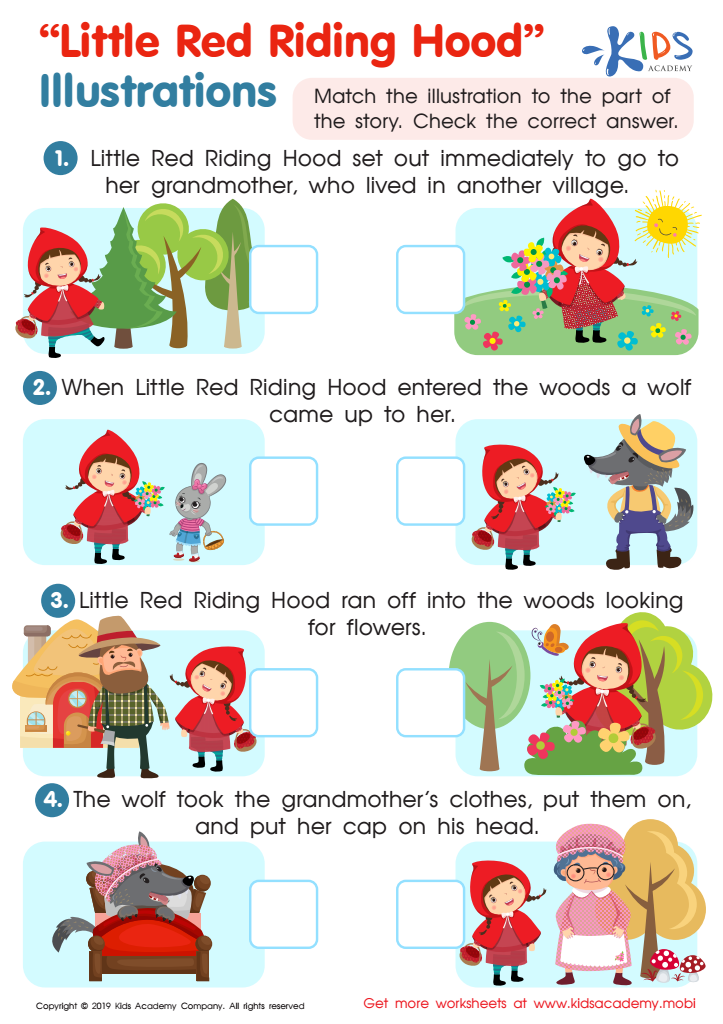

Little Red Riding Hood: Illustrations Worksheet
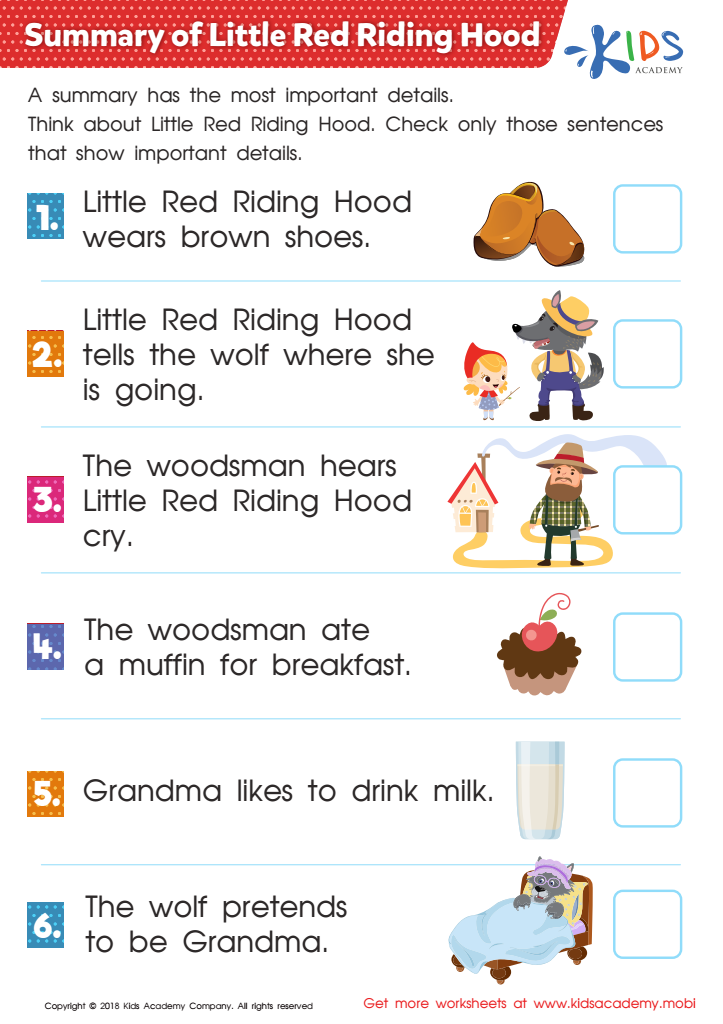

Summary of Little Red Riding Hood Worksheet
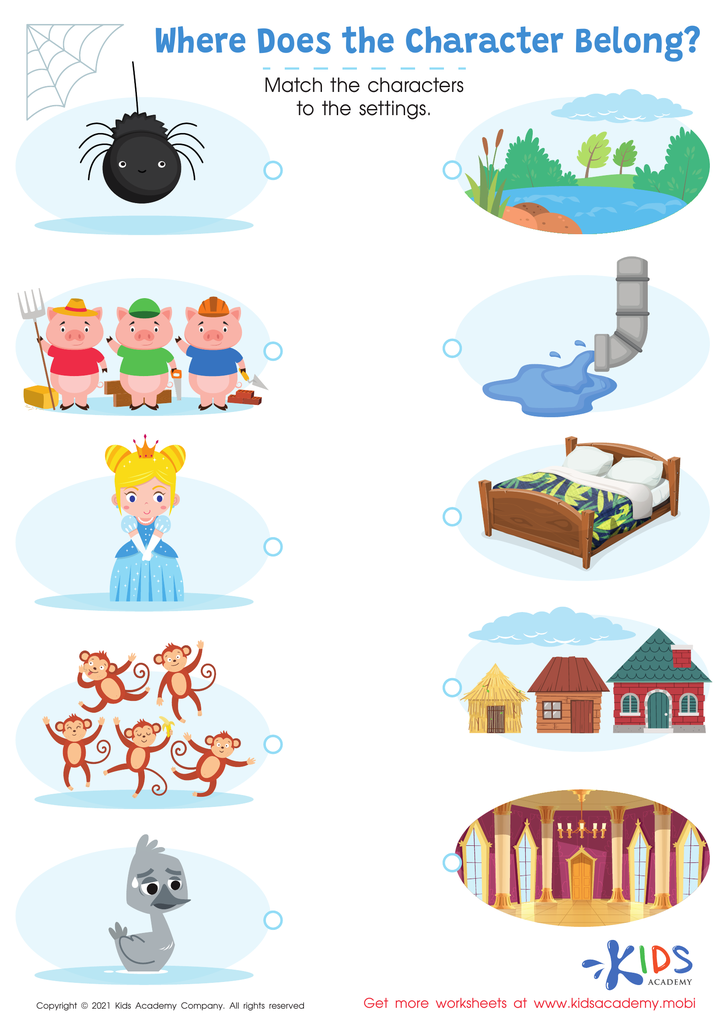

Where Does the Character Belong? Worksheet
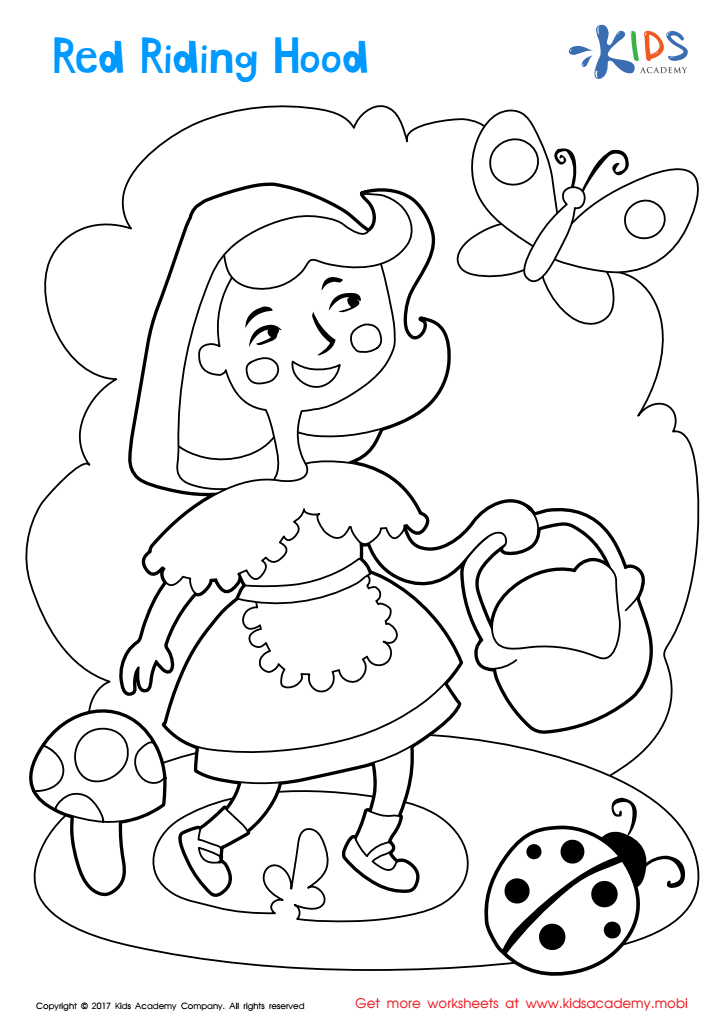

Red Riding Hood Coloring Page
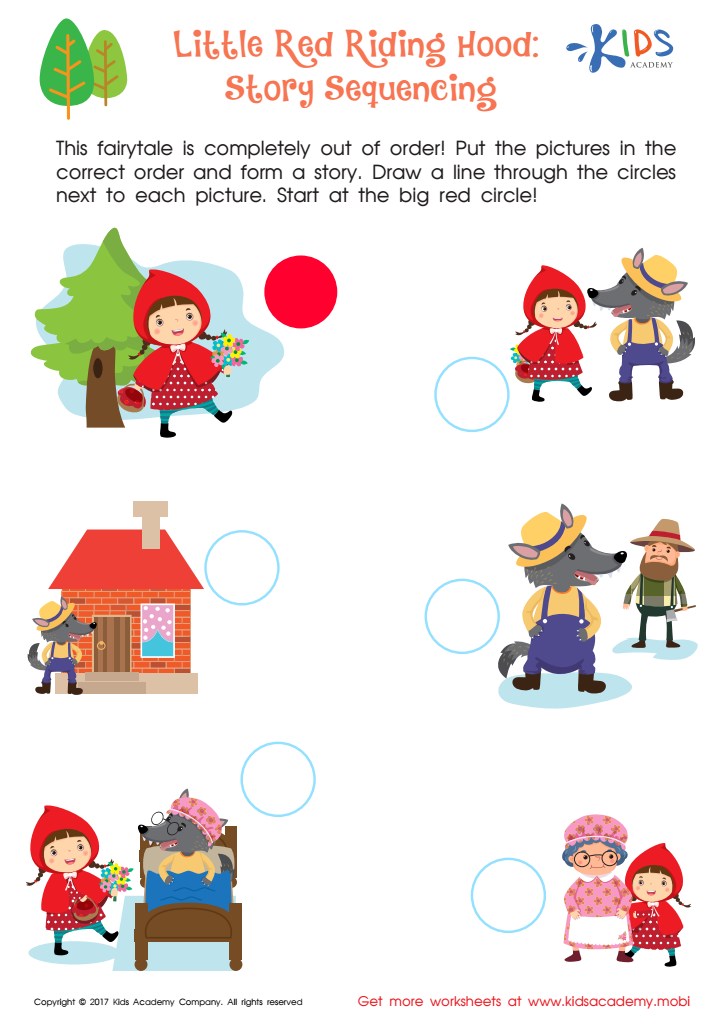

Story Sequencing Printable
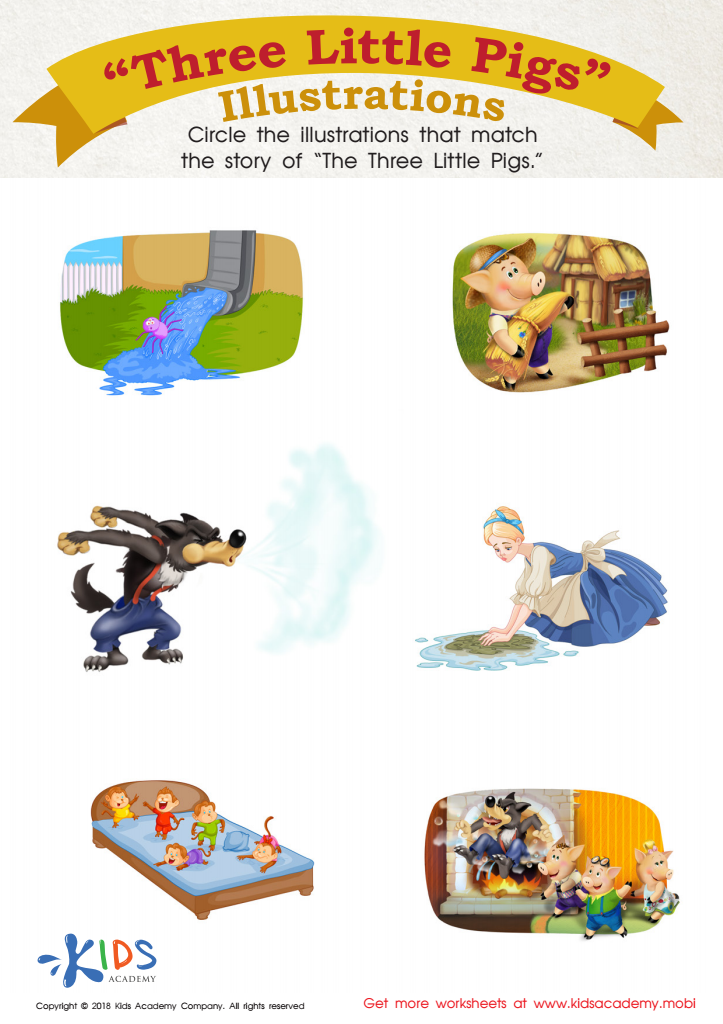

Three Little Pigs: Illustrations Worksheet
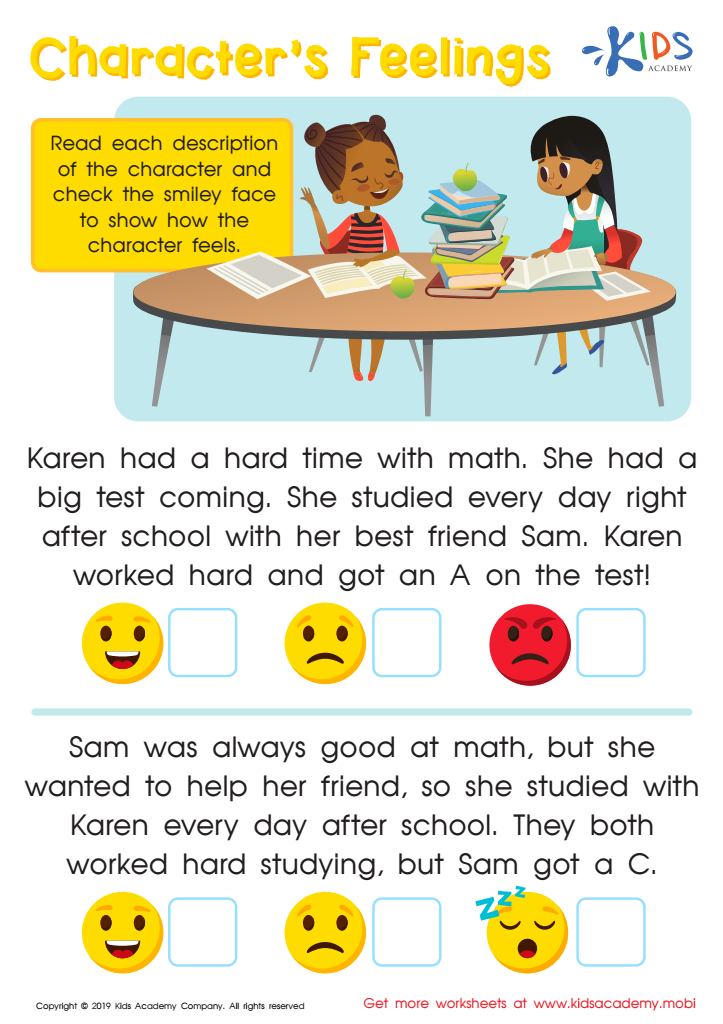

Character’s Feelings Worksheet
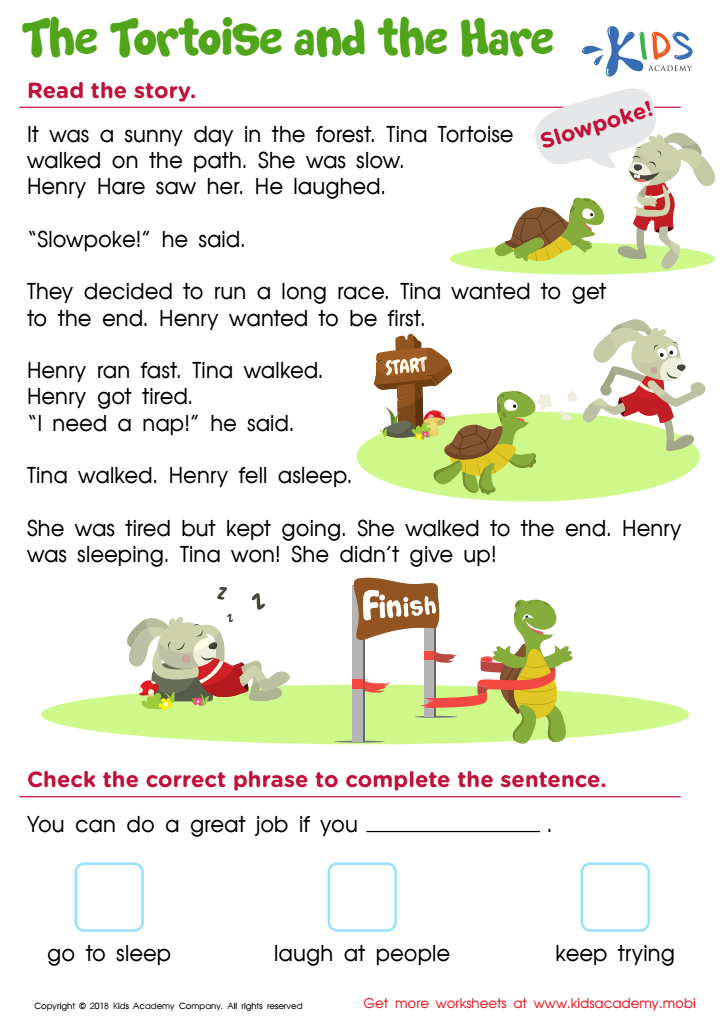

The Tortoise and the Hare Worksheet
Story comprehension is essential for children aged 5-9 as it lays the groundwork for their overall literacy skills and cognitive development. During this formative stage, young readers transition from recognizing letters and sounds to engaging with plots and characters. When parents and teachers prioritize story comprehension, they are cultivating critical thinking and imaginative skills, helping children make connections between the text and their own experiences.
Understanding a story enhances children’s vocabulary, allowing them to articulate their thoughts effectively. Moreover, rich discussions about literacy promote social-emotional learning; children can empathize with characters, recognize different perspectives, and discuss moral dilemmas, which are crucial for developing empathy and emotional intelligence.
Additionally, grasping the narrative structure helps young readers organize their thoughts and predict outcomes, skills that extend beyond reading. Through shared reading experiences, parents and teachers create a love for stories, fostering lifelong learners. Comprehension encourages creativity, discussion, and curiosity, providing children with tools to navigate their world confidently.
In essence, story comprehension is not just about reading; it's an integral part of helping children understand their environment, communicate effectively, and connect meaningfully with others, laying the foundation for future academic and social success.

 Assign to My Students
Assign to My Students


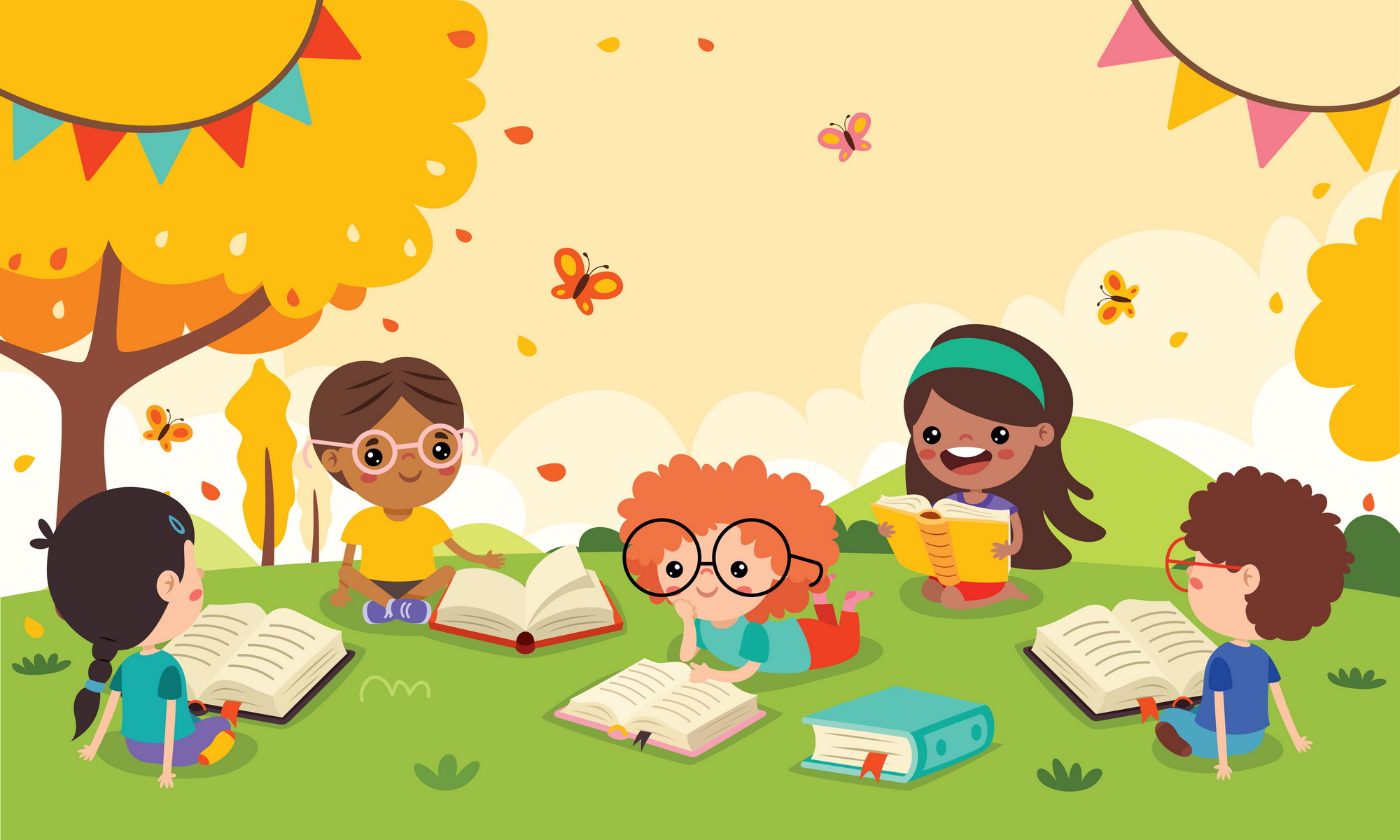


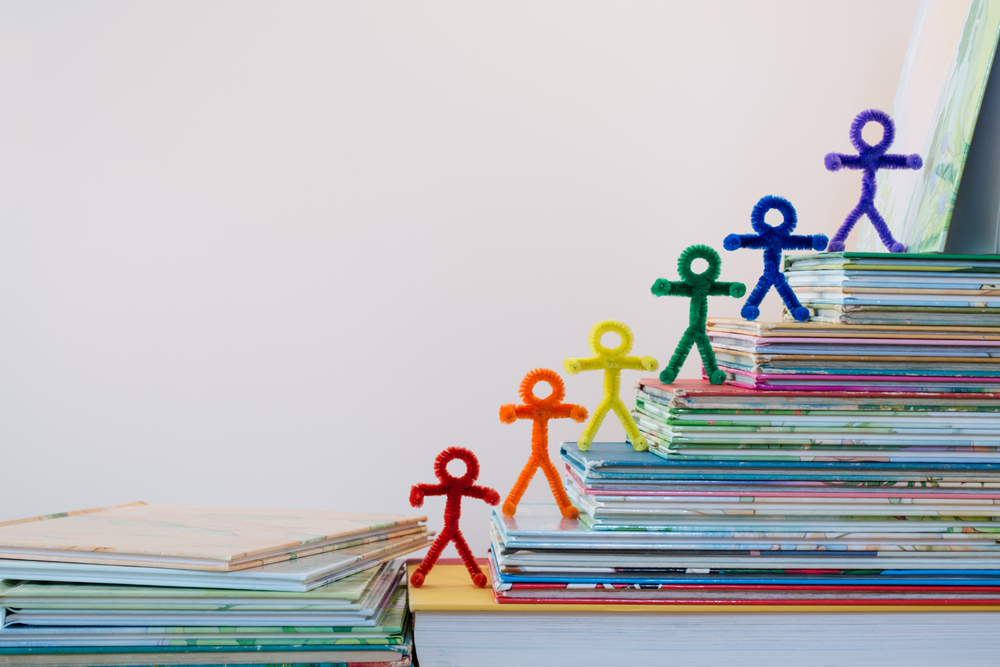
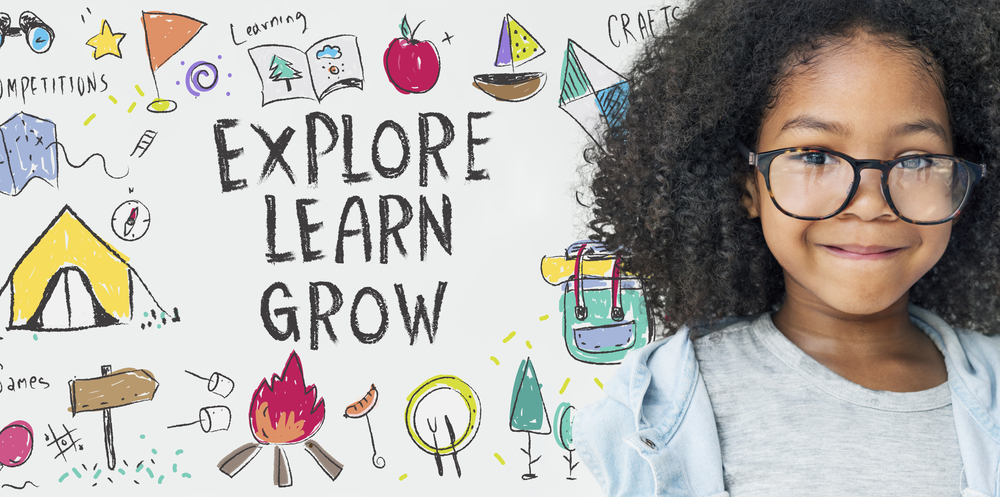
.jpg)








